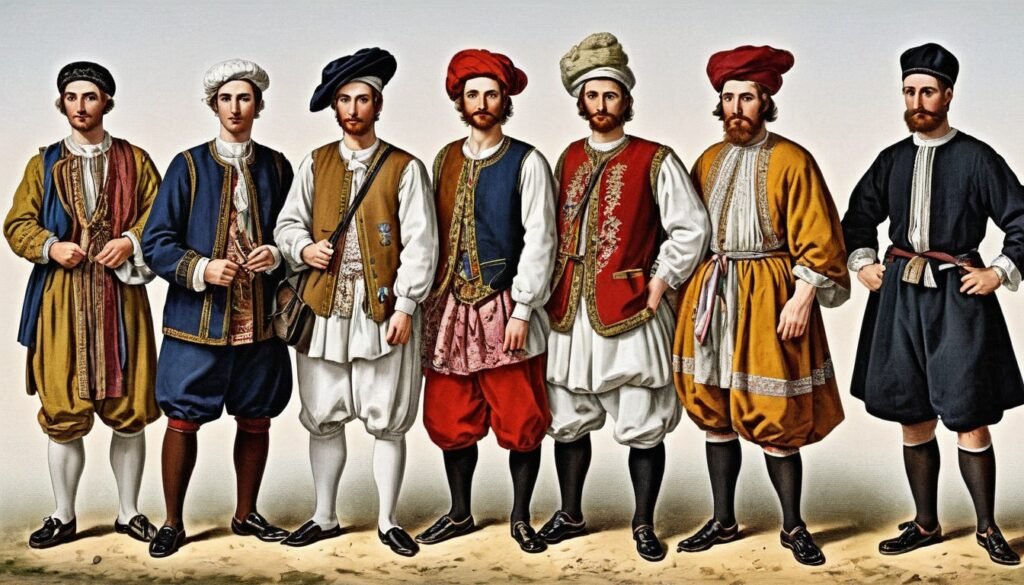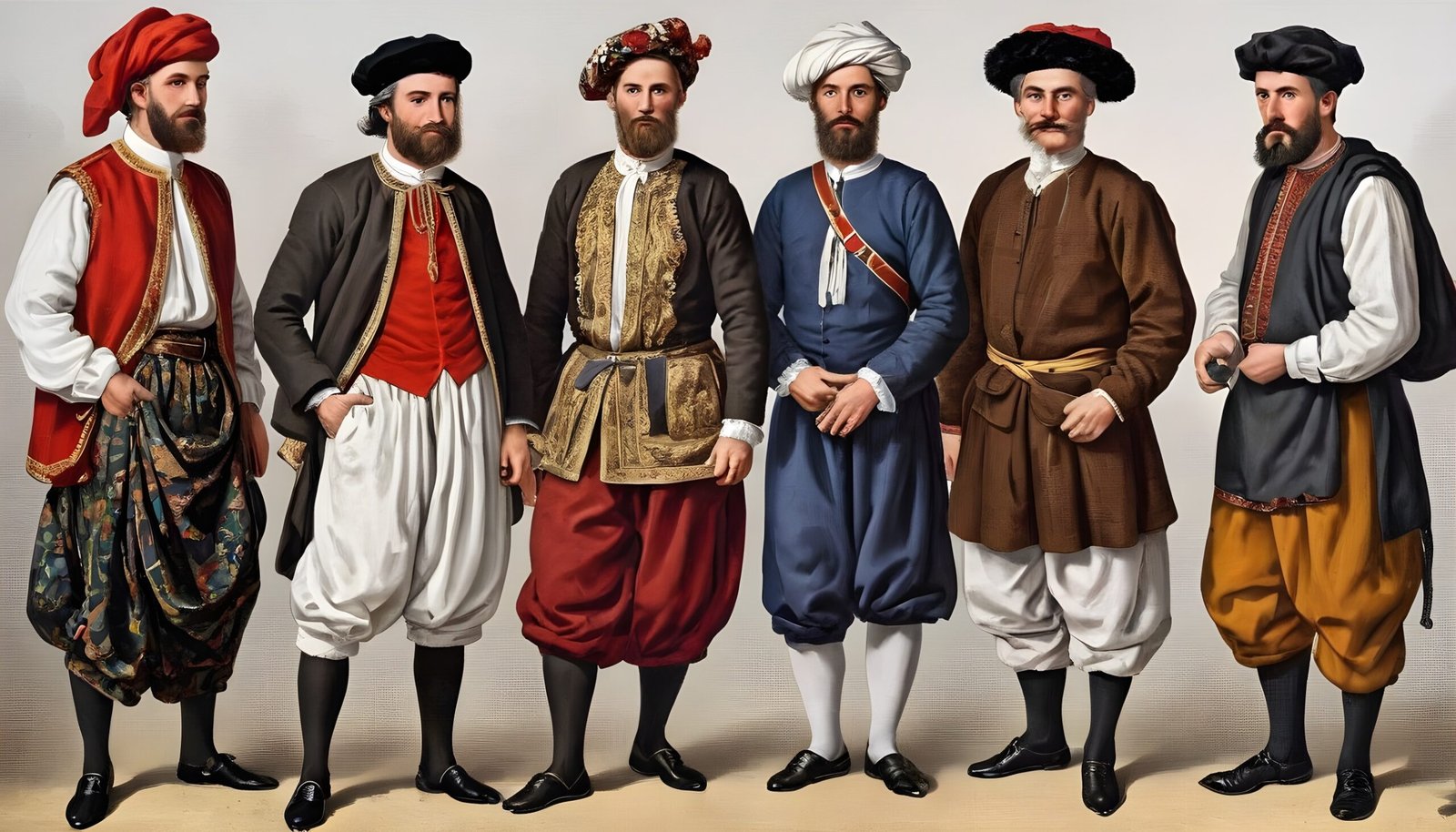Traditional attire woven into the fabric of cultures worldwide. It serves as a vibrant expression of identity and heritage. From saris to kilts each garment carries the weight of tradition and storytelling. Embarking on a journey across continents. We unveil the rich tapestry of traditional attire. Here threads of history, culture and craftsmanship converge in a dazzling display of diversity.
Saris of India: Elegance in Every Fold
In South Asia the sari is a symbol of grace and femininity. The six to nine yards of fabric adorned with patterns and colors. They are draped in a myriad of styles across the Indian subcontinent. The sari is more than a garment. It is a canvas that reflects the cultural diversity of India. From the Banaras to the Kanjeevaram each region weaves its unique narrative into the fabric. It creates an ensemble that transcends time and trends.
The sari with its timeless elegance. It has become a global fashion statement. It is donned by women during special occasions and daily life. Its versatility and cultural significance make it a symbol of India’s heritage.
Kimonos of Japan: Threads of Traditional Attire
The kimono stands as a testament to the artistry of Japanese craftsmanship. It is the preservation of tradition. The word “kimono” translates to “thing to wear” and indeed. This iconic garment is a work of art in itself. With its wide sleeves patterns and vibrant colors. The kimono symbolizes the seasons and the wearer’s social status.
Worn during traditional ceremonies, festivals and weddings. The kimono is a living representation of Japan’s cultural identity. Its meticulous craftsmanship often passed down through generations. It reflects a commitment to the beauty of simplicity and honoring the past.
Kilts for Men: Scotland’s Proud Heritage
In Scotland the kilt stands as a symbol of national pride and tradition. It’s a pleated knee length garment made from tartan fabric. It is a distinctive part of Scottish Highland dress. Originally worn by Gaelic speaking Highlanders. The kilt has transcended its military and clan origins. It became a globally recognized symbol of Scottish identity.
Worn proudly during celebrations, weddings and formal events. Kilts for men embody the spirit of camaraderie and heritage. Each tartan pattern tells a unique story. It connects wearers to their clans and the rugged landscapes of Scotland.
Hanboks of Korea: A Symphony of Colors
In the heart of East Asia the hanbok takes center stage as a traditional Korean attire that marries elegance with symbolism. Comprising vibrant colors and simple lines the hanbok reflects Confucian ideals of modesty, purity and virtue. Worn during ceremonies and celebrations this garment evolves to showcase modern interpretations. It preserves its cultural significance.
The hanbok in Korean fashion underscores its timeless appeal. Bridging the gap between tradition and modernity. Bold colors and flowing lines capture the imagination of fashion enthusiasts worldwide.
Dashikis of West Africa: Pride in Patterns
In West Africa the dashiki emerged as a vibrant and emblematic garment. It encapsulates the spirit of cultural pride and heritage. Originally worn in Yoruba culture the dashiki has transcended borders. It has become a symbol of African identity globally. Its loose fitting silhouette is adorned with intricate patterns and embroidery. Exudes a sense of celebration and connection to the continent’s rich history.
Dashikis have found resonance in modern fashion with designers incorporating the bold patterns into contemporary styles. The dashiki’s journey from traditional attire to a global fashion statement reflects the enduring power of cultural symbols.
Ponchos of South America: Warmth in Tradition
High in the Andes Mountains the poncho serves as practical and cultural. A rich garment for the indigenous people of South America. Woven from alpaca or llama wool. The poncho provides warmth in the chilly mountainous regions. It showcases intricate patterns and vibrant colors. Each poncho is a testament to the artisanal skills passed down through generations. It reflects the wearer’s tribal identity and connection to the land.
The poncho’s versatility extends beyond its cultural roots. It finds a place in international fashion as a symbol of heritage and craftsmanship. Its warmth and unique design make it an enduring piece. It resonates with those seeking both style and substance.

Conclusion: Threads That Connect Us All
As we traverse the globe unraveling the stories woven into traditional attire we discover a common thread. A thread that connects us to our roots, communities and shared human experience. It’s the elegance of the sari, the symbolism of the kimono. Traditional attire serves as a visual language that transcends borders.
In exploring these garments we not only celebrate the diversity of cultures. Also recognize the universality of the human desire to express identity and heritage through clothing. Each traditional attire tells a story. It’s a story that goes beyond fabric and stitching. It reaches into the heart of what it means to belong. It remembers and passes on the rich tapestry of our collective history.

